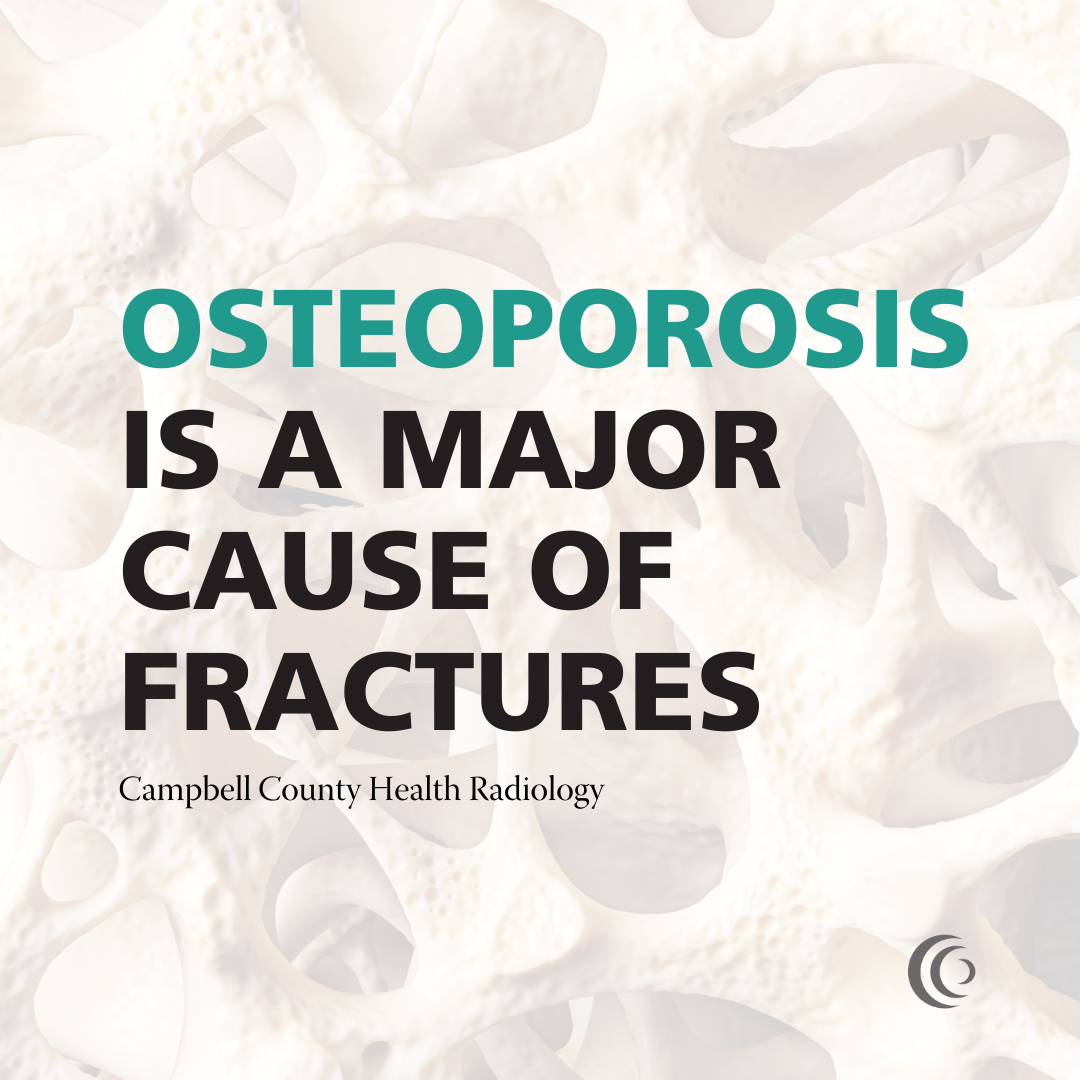Osteoporosis Is The Major Cause Of Fractures In Elderly Patients
- Posted On:

Osteoporosis is a bone disease that develops when bone mineral density and bone mass decreases, or when the quality or structure of bone changes. This can lead to a decrease in bone strength that can increase the risk of fractures (broken bones).
Osteoporosis is a “silent” disease because you typically do not have symptoms, and you may not even know you have the disease until you break a bone. Osteoporosis is the major cause of fractures in postmenopausal women and in older men. Fractures can occur in any bone but happen most often in bones of the hip, vertebrae in the spine, and wrist.
However, you can take steps to help prevent the disease and fractures by:
Staying physically active by participating in weight-bearing exercises such as walking.
Drinking alcohol in moderation.
Quitting smoking, or not starting if you don’t smoke.
Taking your medications, if prescribed, which can help prevent fractures in people who have osteoporosis.
Eating a nutritious diet rich in calcium and vitamin D to help maintain good bone health.
The most common test for measuring bone mineral density (BMD) is dual-energy x-ray absorptiometry (DXA). It is a quick, painless, and noninvasive test. DXA uses low levels of x-rays as it passes a scanner over your body while you lie on a cushioned table. The test measures the BMD of your skeleton and at various sites that are prone to fracture, such as the hip and spine. Bone density measurement by DXA at the hip and spine is generally considered the most reliable way to diagnose osteoporosis and predict fracture risk.
Your doctor will compare your BMD test results to the average bone density of young, healthy people and to the average bone density of other people of your age, sex, and race. If your test results show that you have osteoporosis, or if your bone density is below a certain level and you have other risk factors for fractures, your doctor may recommend both lifestyle approaches to promote bone health and medications to lower your chance of breaking a bone.
About CCH Radiology
The Radiology Department at Campbell County Memorial Hospital provides DEXA scans for patients in Gillette, Wyoming. Staff at CCH Radiology are certified in their respective specialties, and most have multiple certifications for different specialties. To learn more about the services available at Campbell County Health Radiology, click here.
Source: https://www.bones.nih.gov/health-info/bone/osteoporosis/overview
